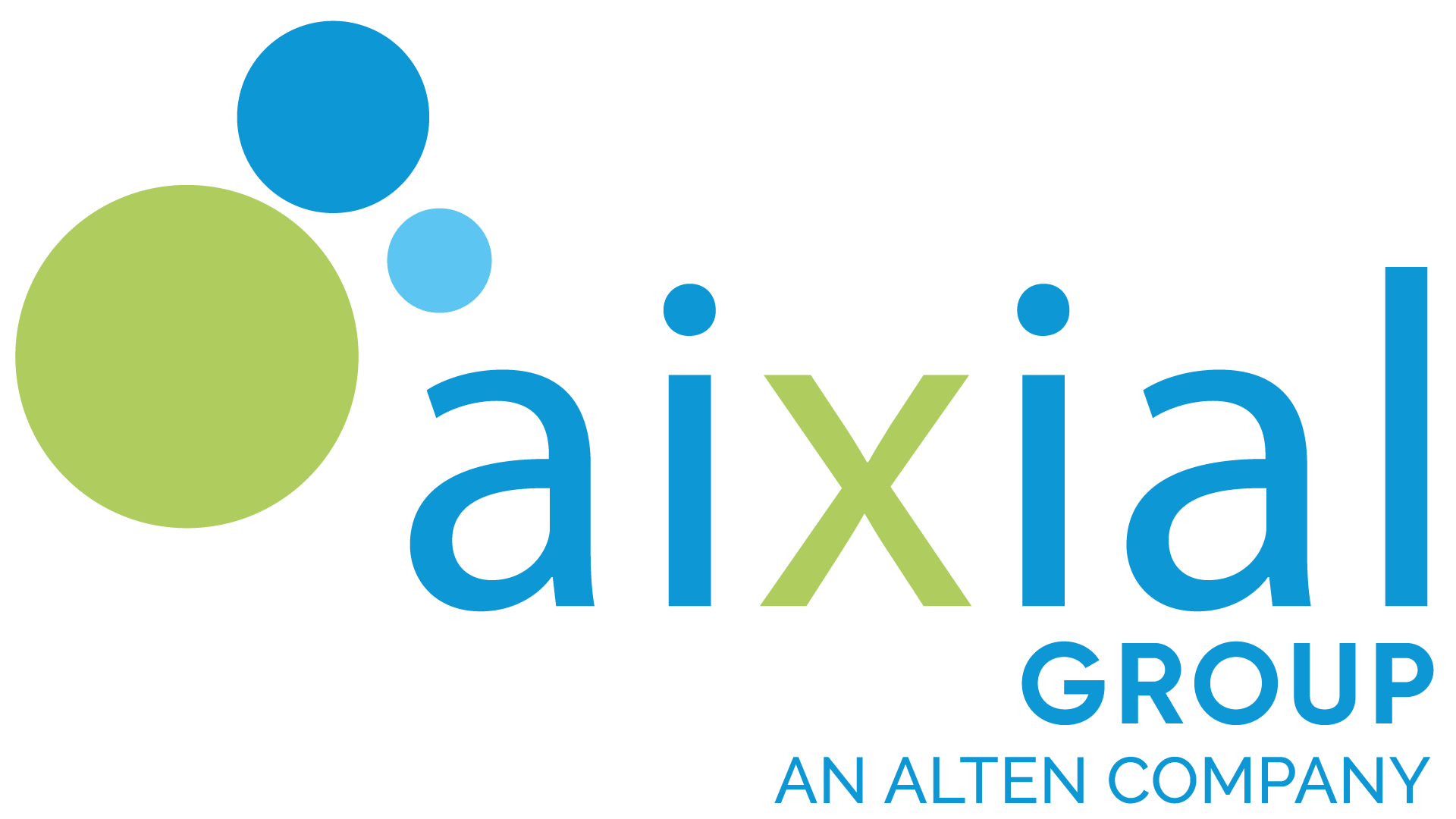Efficient Publication Strategy Leads to Expedited Submission and Acceptance
Case study
Since the World Health Organization (WHO) launched the Global Polio Eradication Initiative in 1988, 2.5 billion children have been vaccinated and the total cases of wild type polio infections has dropped to only six in 2021.
To expand the supply of inactivated polio vaccine (IPV), which currently faces a shortage worldwide, AJ Vaccines developed an adjuvanted IPV with one tenth antigen content. In a recent phase 4 study, AJ Vaccines demonstrated the viability of the reduced dose IPV (marketed under the name of Picovax®) and showed a robust antibody response in 4-year-old children. These post-authorization findings, published in the September edition of Vaccine (Saez LLorenz, et al. 2022*), support the widespread use of the reduced-dose IPV in the later stages of the global polio eradication campaign
The Situation: Dissemination of study findings to the scientific community
Larix (part of Aixial Group – a full-service CRO) has supported AJ Vaccines’ recent phase 4 Picovax® study with services within clinical operations, data management, programming, statistics and medical writing. As part of this successful collaboration, AJ Vaccines invited Larix (Aixial Group) to take part in the scientific publication to communicate these important study findings to the scientific community.
Publication of scientific findings in peer-reviewed journals is a well-established method to disseminate scientific research to a broader audience. However, the editorial process is often a lengthy and complicated effort that involves several stakeholders and multiple steps and can be further delayed if not properly planned and orchestrated.
The Challenge: Meeting the complex editorial requirements to avoid delays
One common obstacle when preparing scientific manuscripts for peer-reviewed journals is insufficient resource allocation. The writing and submission of a high-quality manuscript is a major undertaking that entails a dedicated effort and an extensive knowledge of the editorial process. In addition, the writing process itself can present many challenges and requires specialization in the specific language and style needed for this type of communication, e.g., conciseness, appropriate structure, preparation of illustrative tables and figures (with sufficient resolution), etc. Most journals have a specific ‘Guide for Authors’, but often there are additional relevant guidelines to follow and these depend on the type of research being communicated, for example CONSORT for randomized trials, STROBE for observational studies and PRISMA for systematic reviews and meta-analyses etc. Considering that these elements are commonly cited reasons for journal rejection, they are often underestimated in complexity and importance.
The Solution: Expert medial writing team strategy leads to first round approval
Thus, a series of potential barriers can impact how fast and efficiently research is disseminated. Our team of expert medical writers were able to overcome these through an effective, expedited, and straightforward publication strategy based on the extensive experience with the peer-review and editorial processes. Key element in this strategy were thorough planning and experience with the process, e.g., choosing an appropriate journal, following language, style and formatting conventions, gathering of required documentation prior to submission, strict adherence to the journal’s and CONSORT guidelines, as well as anticipation of potential reviewer’s comments so that they could be addressed upfront to avoid unnecessary review rounds. To this end, the manuscript was promptly accepted for publication with only 3½ weeks between submission and acceptance. This was without any requests for changes by the editor or journal reviewers. This is significantly faster than average time frame of 17 weeks from submission to acceptance, including 2 or more review rounds**.
Thus, the implementation of an efficient publication strategy by our team of expert medical writers expedited the publication and thereby the dissemination of these important phase 4 trial findings, which further supported the broader knowledge of AJV’s reduced-dose IPV in the polio eradication campaign worldwide.
Aixial Group is proud of having supported AJ Vaccines in all stages of this phase 4 trial, from conception to conduct, data analysis, interpretation, and reporting.
Reach out to us today and let our experts develop your regulatory documents and scientific publications to deadline, saving you time and money. Email us at info@aixial.com
Reference for the AJ Vaccines publication itself
- Sáez-Llorens X, Chan M, DeAntonio R, Petersen T, Olesen C, Jensen JS, Sørensen C, Ekstrand LM, Czort MK, Kristensen HH, Thulstrup N, Christoffersen DB. Persistence of protective anti-poliovirus antibody levels in 4-year-old children previously primed with Picovax®, a trivalent, aluminium-adjuvanted reduced dose inactivated polio vaccine. Vaccine. 2022 Sep 22;40(40):5835-5841. doi: 10.1016/j.vaccine.2022.06.084. Epub 2022 Sep 3.
** Reference for standard review timelines: https://scirev.org/statistics/total-duration/
Other insightful resources





![Safety, Preliminary Efficacy and Pharmacokinetics of [IP] in Metastatic Castrate Resistant Prostate Cancer](/wp-content/uploads/2024/11/70144-iStock-1180568434.jpg)